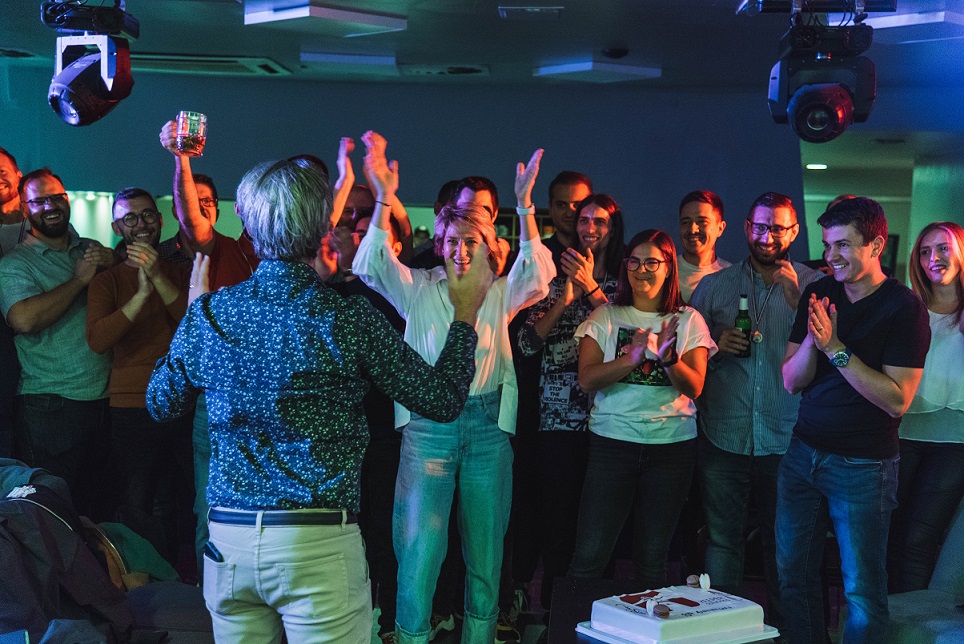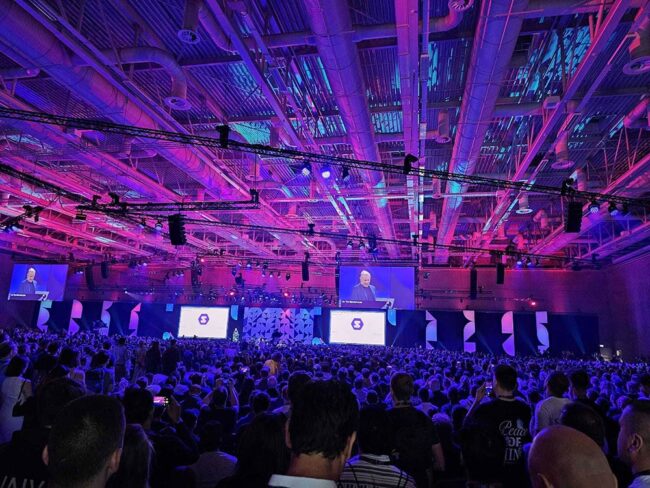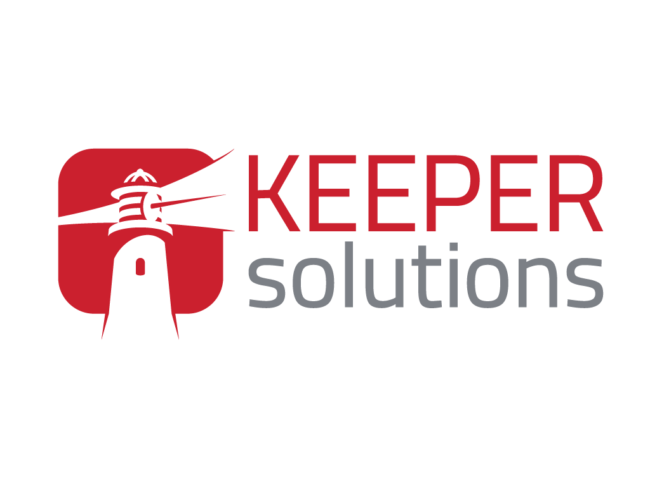Great companies create an environment in which employees act like owners.
They do this through clear communication, articulation of clear vision and priorities, coaching and openness to debate/discussion. I would argue that this type of environment helps people to be at their best – and helps the company to be at its best.
Keeper Solutions Leadership Series – Leadership and Decision-Making

Encouraging decision-making at every level of the organization is an incredibly important part of the Keeper Solutions’ formula. Keeper Solutions has teams spread out in delivery centers across Croatia, Serbia, Romania, Poland, and Costa Rica. Our team of over 80 developers support a number of scaling companies in Europe and North America. Productivity, quick-thinking and on-the-spot decision-making are often crucial.
With a global team, the importance of good leadership and expert management is amplified greatly. At Keeper Solutions, it’s important to us that we create a dynamic ecosystem that encourages continuous learning, collaboration, and growth. We support our people, making sure they are empowered to make informed decisions that move projects forward.
At Keeper Solutions, we are very fortunate to work with some incredibly experienced leaders and HR professionals. One such person is Mihaela Smadilo, Keeper’s Head of Service Delivery and Talent. Mihaela has over 20 years’ HR experience across a broad range of industries and is passionate about leadership, culture, and diversity. We always love to pick Mihaela’s brain on topics related to leadership, management, and how to provide your people with the tools they need to excel.

Team of Teams Methodology
In a previous blog post, we sat down with Mihaela to discuss the importance of using mentorship to advance an individual’s leadership skills. During that conversation, Mihaela discussed the value of mentorship and how effective in-house mentorship programs can be for recruitment and retention.
This time around, we discussed the relationship between leadership and decision-making. Within this we explored the benefits of encouraging effective decision-making at every level of the organization, and its direct impact on innovation and collaboration.
Traditionally organizations were top-down hierarchies. While this structure still exists today many companies, especially those in the tech industry, are now embracing a team of teams methodology. Mihaela describes this methodology as putting “a focus on empowering individuals and teams to act quickly based on an aligning narrative, while not overlooking the necessary components that define the team decision space.”
Mihaela tells us that this approach enables individuals and teams to make faster decisions and removes obstacles that could have previously brought a project to a standstill. Giving employees more responsibility and freedom also leads to individuals feeling more respected, fulfilled and happier in their roles. This has a direct impact on employee retention and overall job satisfaction.

Organizational structures and decision-making
Forbes identifies five types of organizational structures. Each structure highlights different decision-making processes.
The five organizational structures include;
-
-
-
-
-
-
-
-
-
-
- The traditional hierarchy
- Flatter organizations
- Flat organizations
- Flatarchies
- Holacratic organizations
-
-
-
-
-
-
-
-
-
The traditional hierarchy is still the most common. It is based on the chain of command concept where orders are passed from senior management to subordinates. In recent times however, this structure is becoming less popular and companies are moving towards flatter organizational structures. This type of structure has fewer layers and is more conducive to collaboration and communication.
When it comes to nurturing leadership skills within an organization, Mihaela recommends that companies use a flatter organizational structure. Within this organizational structure, most decision-making is decentralized. Responsibility is shared by everyone and the business is organized around flexible communities or teams. The absence of a hierarchy allows for increased communication and collaboration throughout the business. This type of structure is preferred by tech companies because it is more responsive to change. Flatter organizations make decisions faster without going through numerous layers of people.
Keeper Solutions works primarily with scaling software companies and it’s crucial that our teams are agile and flexible enough to respond to the changes. Fewer layers of bureaucracy lead to faster decision-making, which minimizes costly delays. This is essential for scaling technology companies that work in fast-paced industries where efficiency, adaptability and speed-to-market hold the keys to success.
Encouraging Trust and Equality
The ability to make good decisions is a vital component of leadership. Mihaela highlights that employees who have more decision-making power are more likely to feel trusted and heard. They also have a sense of ownership, and are more likely to act like owners, always keeping the company’s best interests at heart.
According to Paul J. Zak, author of ‘Trust Factor: The Science of Creating High-Performance Companies’ working in a high-trust environment improves employee engagement, well-being and productivity. Passing on decision-making responsibilities creates that sense of trust and respect.
Overall, providing workers with autonomy and encouraging decision-making can play a huge role in developing a collaborative culture. Having a process in places that encourages decision-making, even if only for low-level decisions, can give employees the confidence they need to behave like leaders.
A huge thank you to Mihaela for taking part in this series. Lots more to come!
Want to learn more from our team. Check out some of our employee spotlights:
Can You C# The Future? An Interview with Kristijan Kralj
Employee Spotlight: Q&A with Keeper Solutions CTO, Nick Holme
Employee Spotlight: Q&A with Giovanni Bonessa From our Costa Rica Centre
Image credit – Forest photo by Jens Lelie on Unsplash



